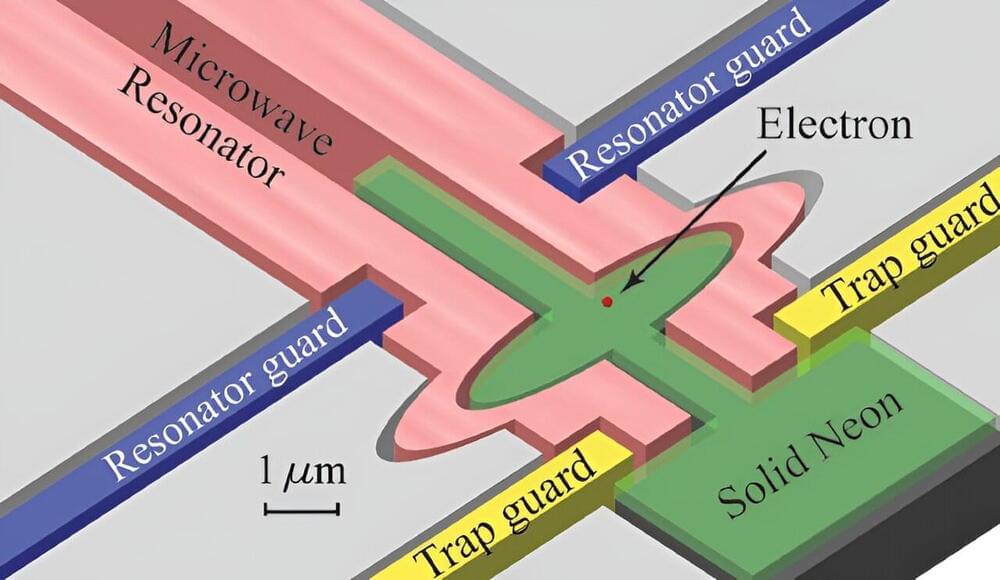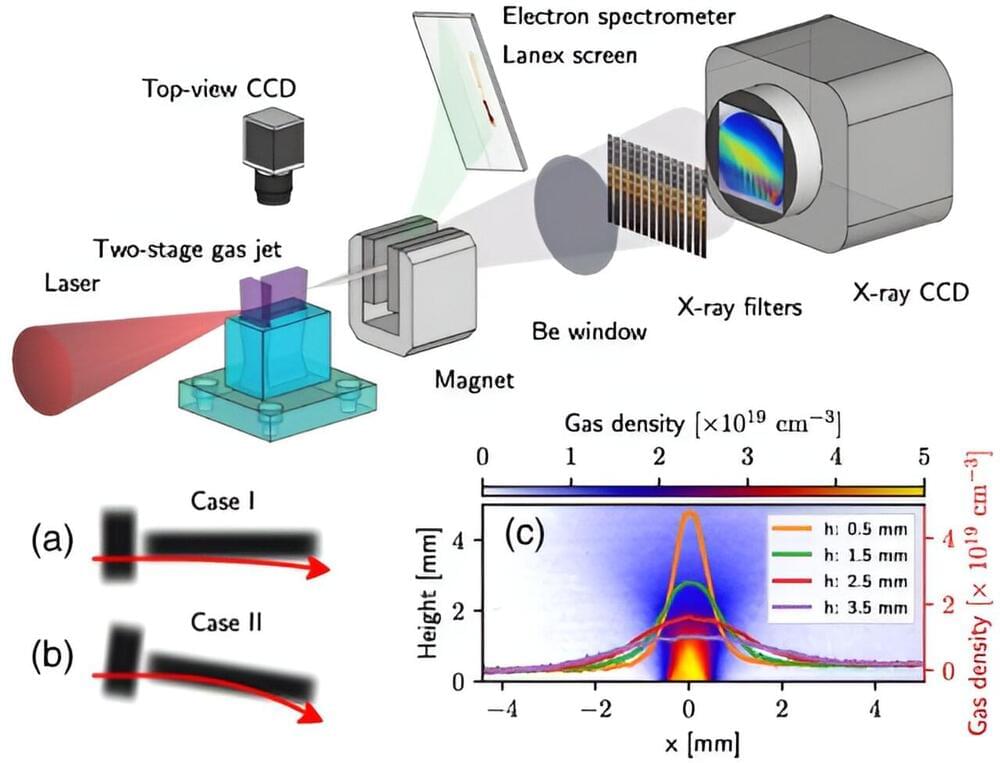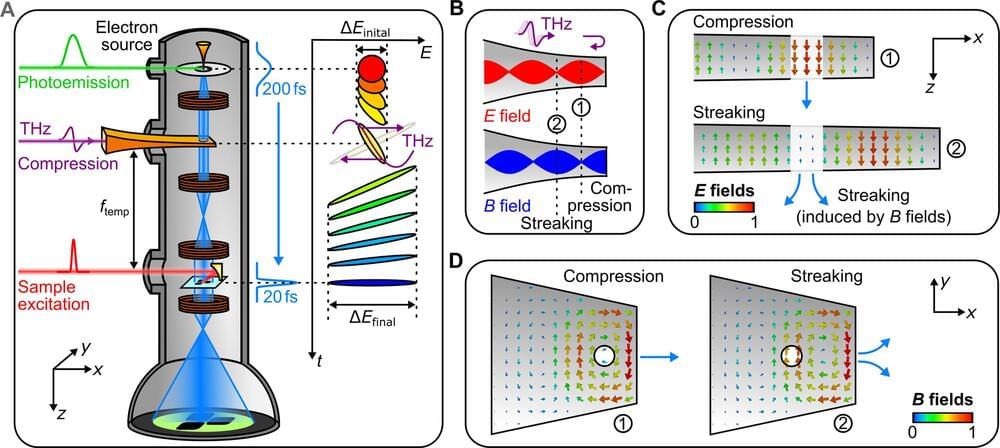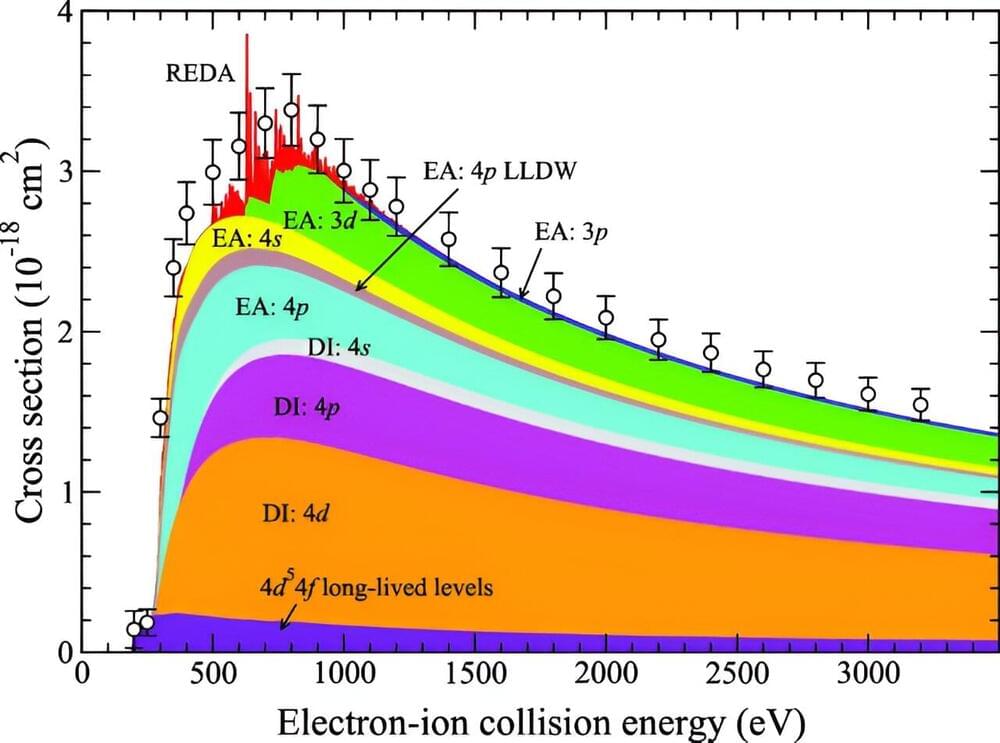Jun 27, 2024
Understanding quantum states: New research shows importance of precise topography in solid neon qubits
Posted by Saúl Morales Rodriguéz in categories: computing, quantum physics
Quantum computers have the potential to be revolutionary tools for their ability to perform calculations that would take classical computers many years to resolve.
But to make an effective quantum computer, you need a reliable quantum bit, or qubit, that can exist in a simultaneous 0 or 1 state for a sufficiently long period, known as its coherence time.
One promising approach is trapping a single electron on a solid neon surface, called an electron-on-solid-neon qubit. A study led by FAMU-FSU College of Engineering Professor Wei Guo that was published in Physical Review Letters shows new insight into the quantum state that describes the condition of electrons on such a qubit, information that can help engineers build this innovative technology.


















